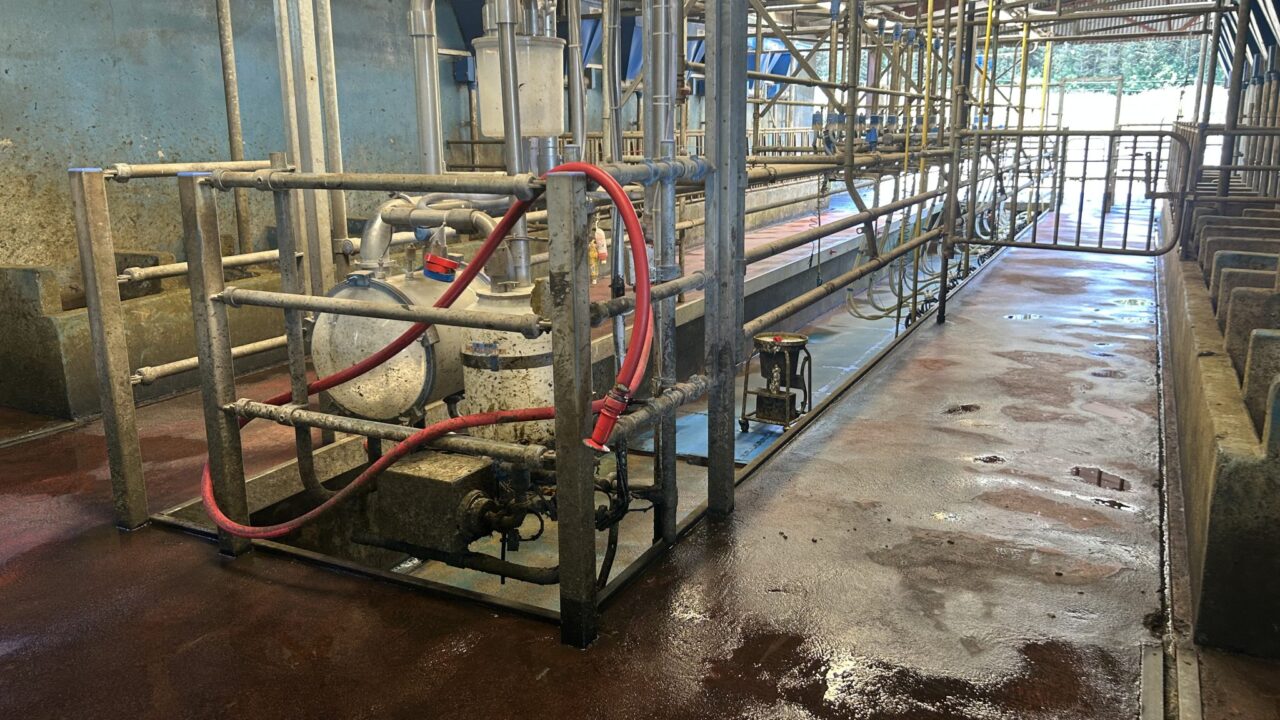The most effective way of reducing the number of thermoduric bacteria and your total bacteria count (TBC) in the process is to limit the bacteria at farm level.
Thermoduric bacteria are heat-resistant bacteria in milk that are able to survive the pasteurisation process,
They have significant implications on the quality and type of products that can be produced from milk.
TBC is an indicator of on-farm general hygiene, milking equipment cleanliness, and milk storage temperature. It affects product shelf-life, taste, and flavours, and can pose a risk to human health.
Thermoduric bacteria can spike at this time of the year, as farmers tend to become more relaxed towards the end of the lactation.
The bacteria are present in dung, soil, and animal bedding, and can enter the milking equipment through dirty teats at milking time.
Bacteria
When investigating a TBC or thermoduric problem, you should check the claw pieces, rubberware, milk lines, receiving jar, plate cooler, vacuum line, and milk tank for deposits of scale, biofilm, or rubber.
If black rubber fragments begin to appear, it may indicate overuse of detergents.
The risk of higher thermoduric readings increases as we move into the autumn months, where conditions are not as favourable for cow hygiene.
If you find evidence of scale or biofilm on receiving jars or in the tank, this indicates that the wash routine is incorrect,
This is usually due to insufficient hot water, descaling, detergent strength, or wash volume – or it may well be all four.
Steps to control thermoduric levels on the farm are as follows:
- The main thing is keeping the cow’s environment clean, particularly yards and roadways;
- Change liners and rubber-ware in parlour before they deteriorate – many herds will be due a milk liner change now;
- Descale the milking machine regularly, at least once a week;
- Check the cleaning of the milking machine and bulk tank, making sure no residue is visible;
- Disinfect the milking machine with paracetic acid as the final rinse;
- Make sure you are using a clean filter sock during washing;
- Ensure your hot water is at a sufficiently high temperature of 75-80°C.
According to Teagasc, many problems with high TBC or thermodurics are caused by inadequate levels of detergent being used for washing.
This is likely to happen when automatic washing systems have not bee checked for some time, leaving lines and detergent levels to go awry.
Farmers must stay alert when it comes to detergent and washing, making sure the drums of detergent are replaced before they run out.
All of the milking equipment must be checked consistently to ensure it is running to a high standard, as quite often, worn rubbers and liners can cause a sharp spike in thermoduric bacteria counts.

